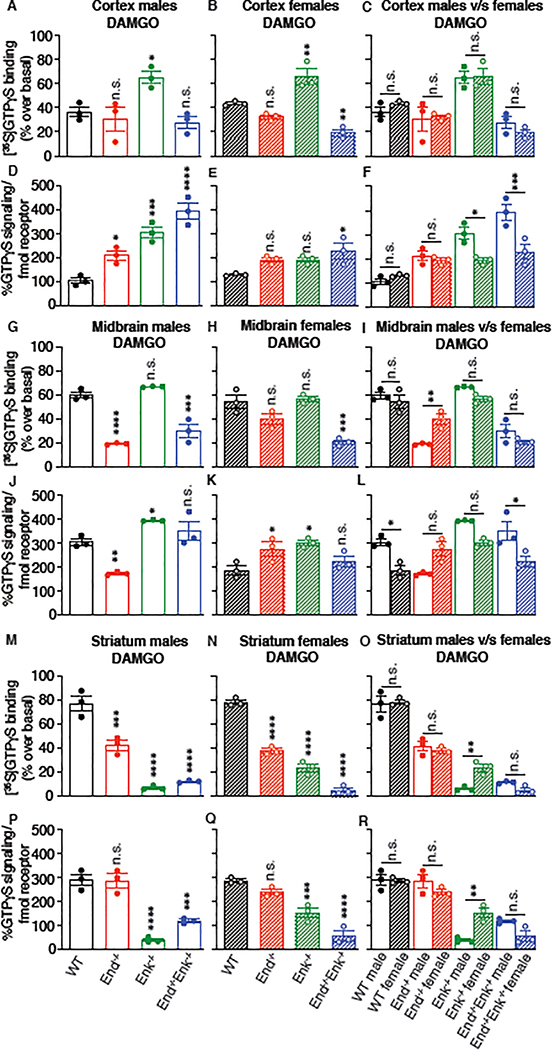Figure 4. μOR signaling efficiency in the cortex, midbrain, and striatum of wild-type, End−/−, Enk−/−, and End−/−/Enk−/− mice.
Membranes (10 μg) from the cortex (A-F), midbrain (G-L), and striatum (M-R) from male (A, D, G, J, M, P) and female (B, E, H, K, N, Q) wild-type (WT), End−/−, Enk−/−, End−/−/Enk−/− mice were subjected to a [35S]GTPγS binding assay using a μOR agonist (DAMGO;10 μM) as described in Methods. One-Way ANOVA with Dunnett’s multiple comparison tests v/s WT. Signaling efficiency in (D-F; J-L; P-R) is expressed as % [35S]GTPγS binding/fmol of opioid receptor. One-Way ANOVA with Dunnett’s multiple comparison tests v/s WT. (C, F, I, L, O, R) Comparison of signaling between males and females. Two-Way ANOVA with Sidak’s multiple comparison tests; *p<0.05, **p<0.01, ***p<0.001, ****p<0.0001.Data represent Mean ± SE of 3-animals in triplicate.

